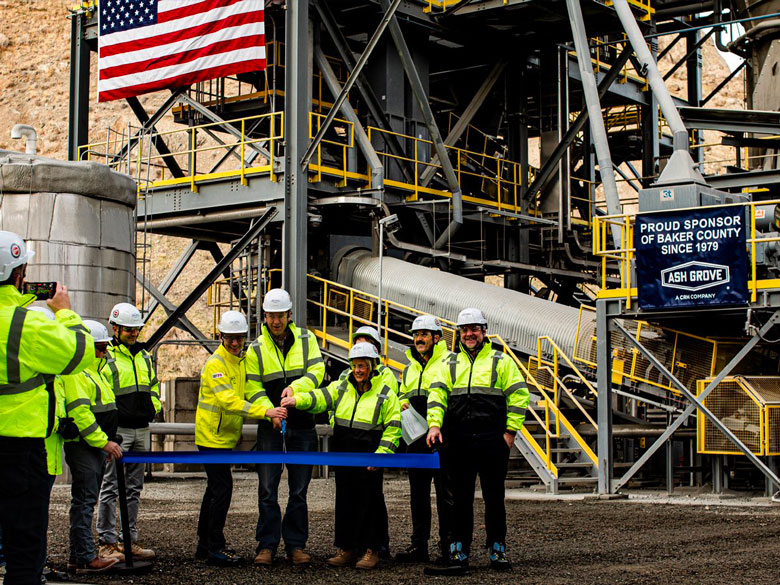The Portland Cement Association’s (PCA) Roadmap to Carbon Neutrality is celebrating one year of progress on reducing emissions in the sector. The ambitious plan incorporates the entire cement-concrete-construction value chain, vital for producing lasting change.
“I’m proud that our industry is taking this on,” said Mike Ireland, president and CEO of PCA. “Together we’ve made progress on a bold yet achievable pathway to carbon neutrality. We are creating a win-win scenario to meet demand for durable infrastructure that also has a low carbon footprint, which will result in a more sustainable and resilient world for the next generation.”
Notable achievements in the past year across the value chain include:
- Multiple cement manufacturers, with support from the Department of Energy, have begun pilot projects around emerging carbon capture, utilization and storage (CCUS) technologies.
- Increased acceptance and use of portland-limestone cement (PLC). In addition to private building projects, PLC has been approved by 44 state departments of transportation.
- Growing consumer demand for sustainable concrete, with companies specifying low-carbon materials for major construction projects as part of their own sustainability goals.
“Through this roadmap, we are creating a built environment that is durable and also sustainable,” said Ron Henley, president of GCC of America and chairman of PCA. “We are demonstrating that the cement and concrete industry can address climate change, reduce greenhouse gases, and eliminate barriers that are restricting environmental progress.”
The industry is pushing innovation and calling on stakeholders for more collaboration. As legislators and regulators have a role to play in the roadmap, PCA is working with Congress and federal agencies to maximize the benefits of the Infrastructure Investment and Jobs Act and the Inflation Reduction Act, both of which provide significant funding for the clean technologies the cement industry requires to reduce emissions.
PCA is also advocating for the modernization of existing legislation – such as the Resource Conservation and Recovery Act – to accelerate cement and concrete’s path to carbon neutrality, and ensure concrete made with cement remains the sustainable building material of choice.



